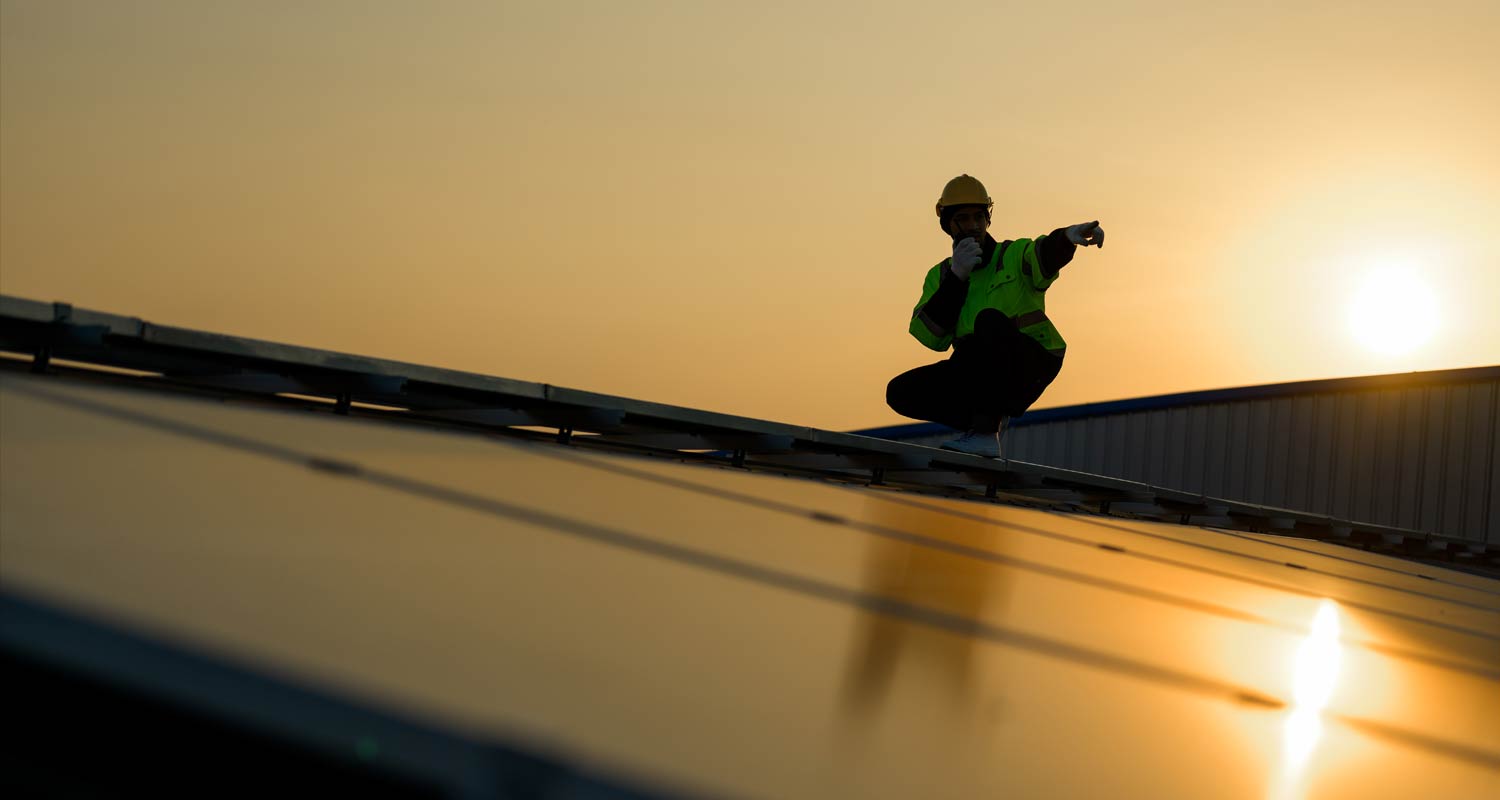Try our mobile app

Hanwha’s Qcells said it has had made a breakthrough in an emerging solar technology that has the potential to reduce the amount of space required by panels that generate power from the sun’s rays. Space is among the most pressing issues for the rapidly growing solar power industry, which has encountered growing opposition in some parts of the US to large-scale projects that take up big chunks of land. Qcells said it had set a world record for the efficiency of a large-area silicon solar cell with a top layer of perovskite, the name for materials with a crystal structure that absorbs large amounts of light and is cheap to produce. If you have 100 solar panels in the field, but you can get the same power output for only 60 or 80 of them The technology’s potential could dramatically shrink the size of projects and slash costs. “If you have 100 solar panels in the field, but you can get the same power output for only 60 or 80 of them, now you’re digging less holes, you’re using less rails, you have less labour to install it,” Danielle Merfeld, Qcells’ chief technology officer, said in an interview. Qcells is among several large solar manufacturers developing perovskite technology because of this opportunity. “It’s a little bit of an arms race,” Joseph Berry, who leads perovskite research at the US department of energy’s National Renewable Energy Laboratory, said in an interview. Qcells said it achieved cell efficiency of 28.6% on a large commercial-sized cell known as an M10 using the technology — setting the stage for future mass production. Cell efficiency China’s Longi has achieved efficiency breakthroughs of above 30%, but on much smaller cells, in recent months. Britain’s Oxford PV has said it had set an efficiency record for perovskite-silicon panels of 26.9% — a level that would produce about 20% more energy than a traditional panel. That compares to 27% efficiency for crystalline silicon cells and around 21% for traditional commercial silicon solar panels, according to NREL. Read: Miner to roll out R2.1-billion South African solar plant Cell efficiency refers to the percentage of solar energy hitting a device that is converted into usable electricity. While so-called tandem perovskite and silicon cells have shown that they are more efficient than traditional cells, they must still prove that they can produce power reliably for years through at least a year or two of field testing. “Now we have this opportunity to start building the case for the reliability of this relatively new technology,” Merfeld said. “Customers won’t adopt it until they know that it’s feasible.” The record-breaking cell was produced at Qcells’ research and development line in Germany and its efficiency was verified by the Fraunhofer Institute for Solar Energy Systems, a German solar research body, Qcells said. — Nichola Groom, (c) 2024 Reuters Get breaking news from TechCentral on WhatsApp. Sign up here Don’t miss: Why solar subscriptions might not be the best financial decision